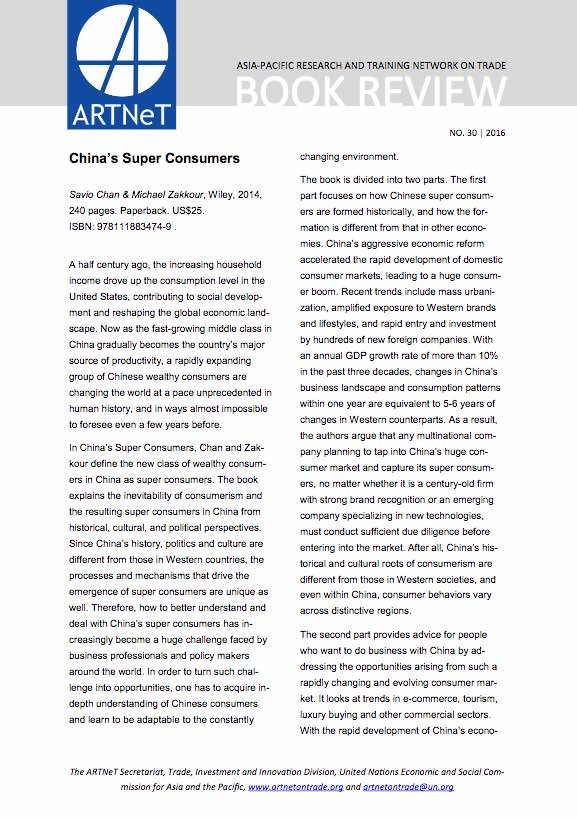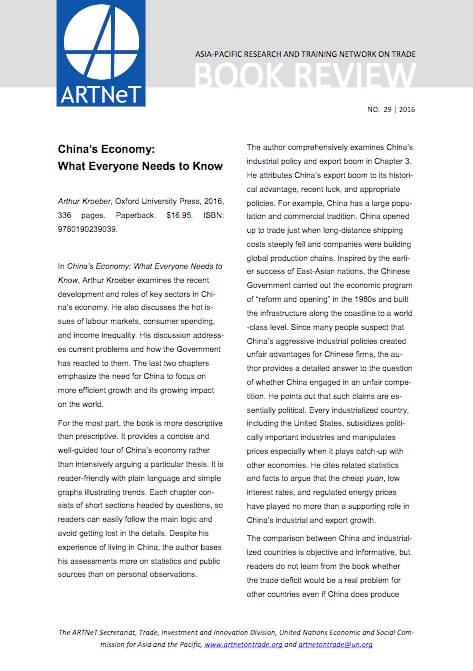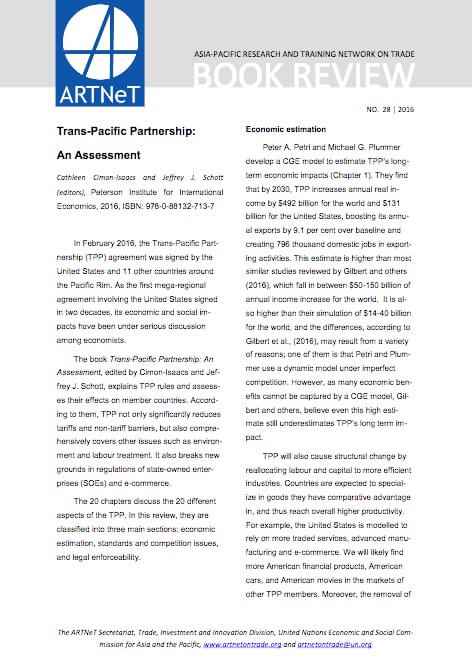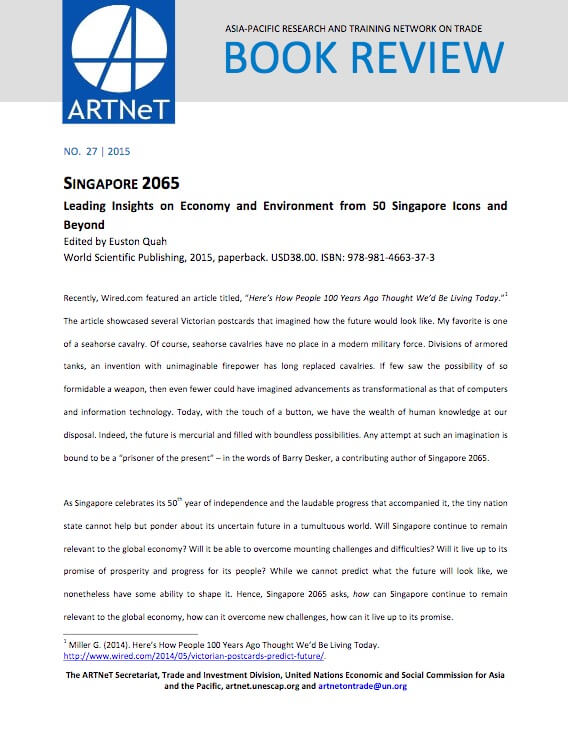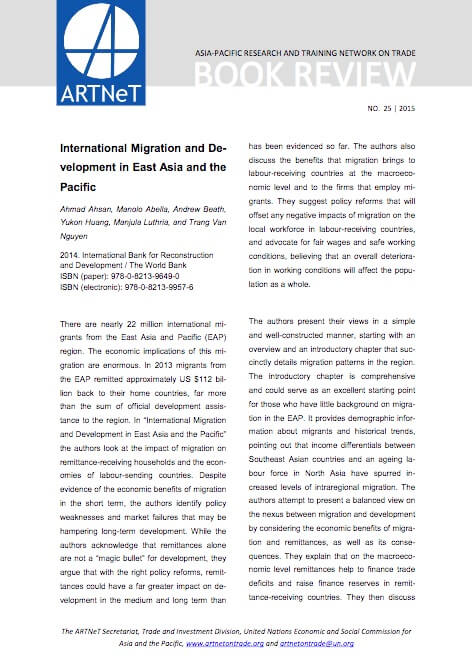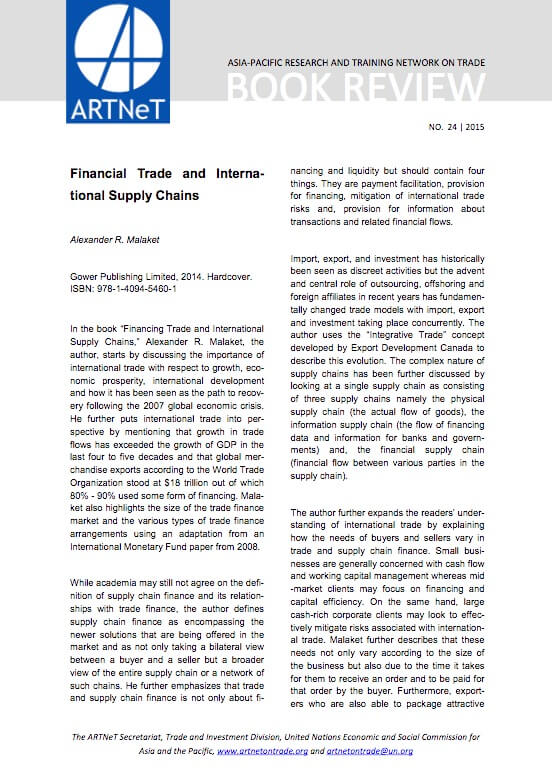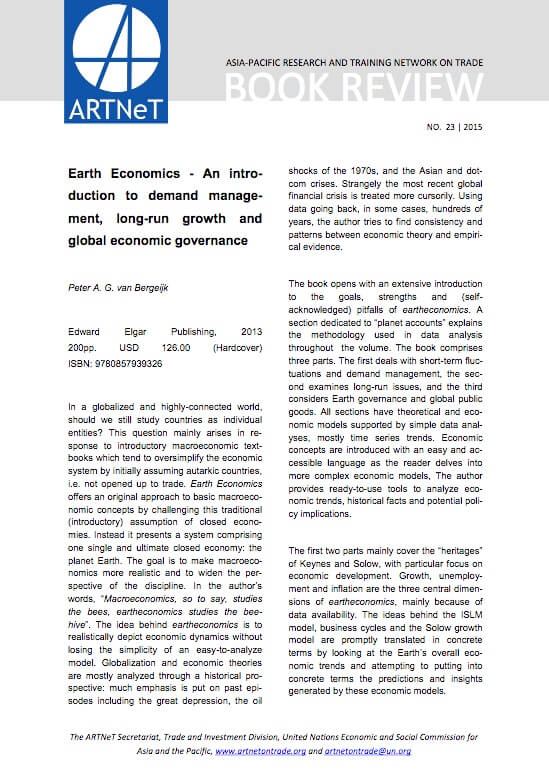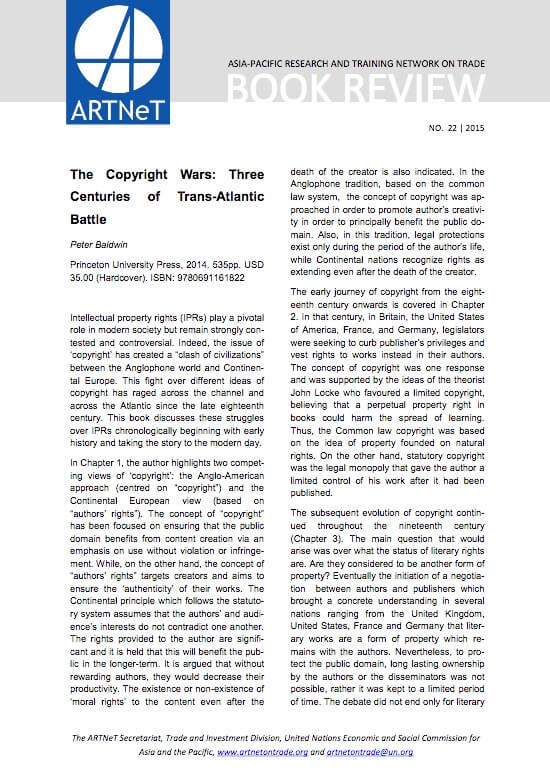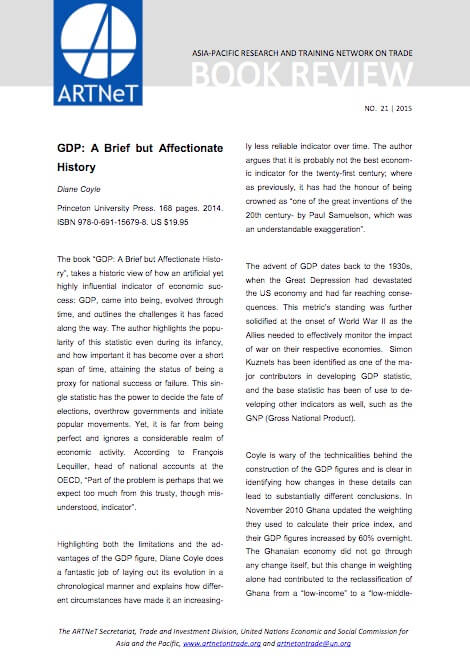China's Super Consumers
A half century ago, the increasing household income drove up the consumption level in the United States, contributing to social development and reshaping the global economic landscape. Now as the fast-growing middle class in China gradually becomes the country’s major source of productivity, a rapidly expanding group of Chinese wealthy consumers are changing the world at a pace unprecedented inhuman history, and in ways almost impossible to foresee even a few years before...

